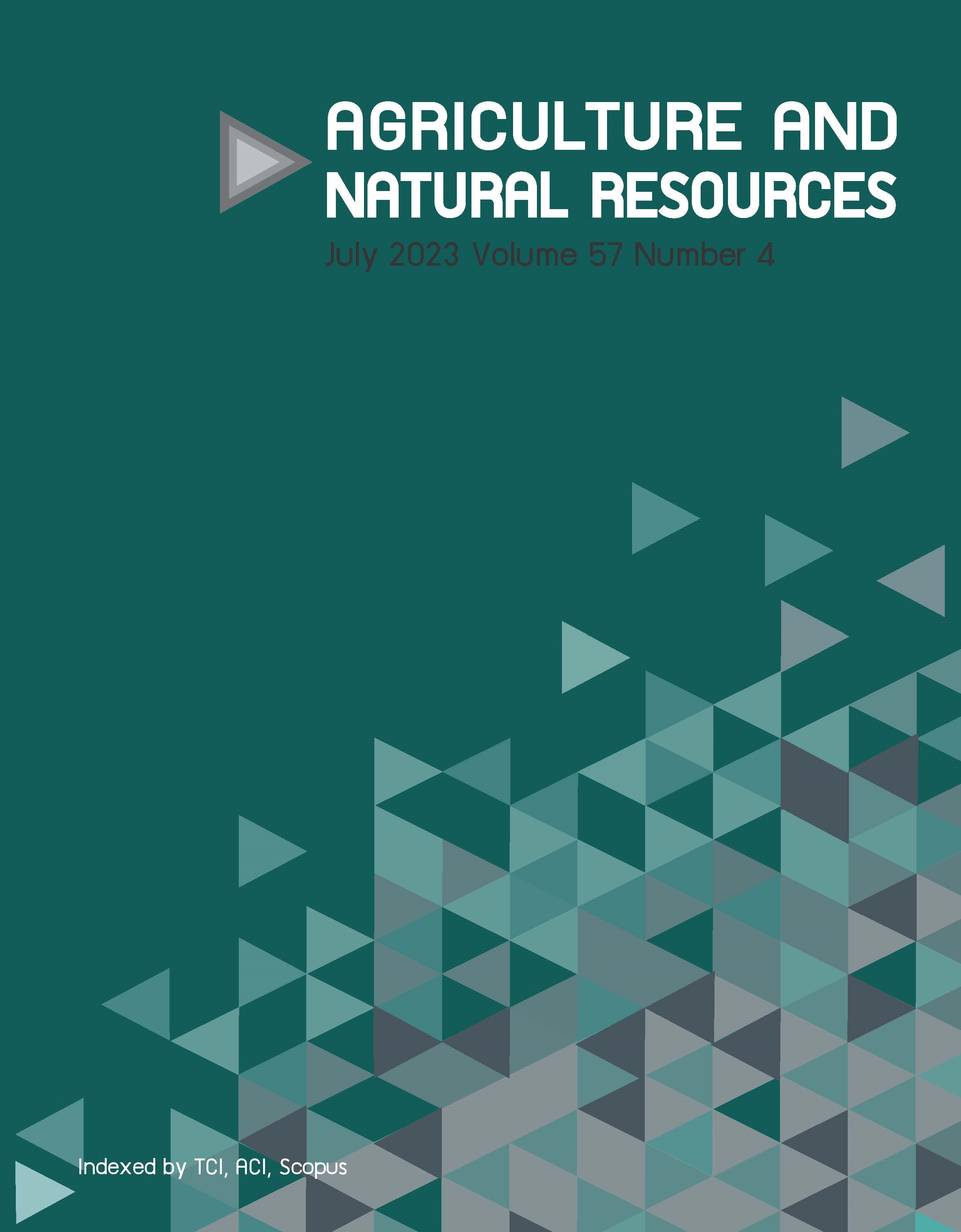Characteristics and habitat suitability of elephant forage plants in Datuk Gedang Wildlife Corridor, Jambi province, Indonesia
Keywords:
Bukit Tigapuluh, Corridor, Elephant, Landscape, TeboAbstract
Importance of the work: Conservation of elephant habitats is important for the remaining number of Sumatran elephants of which status is critically endangered. One conservation option is through the development of elephant corridors.
Objectives: To obtain information of elephant habitat characteristics and to predict habitat suitability of elephant forage plant growth in the Bukit Tigapuluh landscape.
Materials & Methods: Plots were determined based on the marks of elephant activity using a strip transect method. The vegetation characteristics of the elephant forage plants were analyzed by calculating an importance value index (IVI) and by predicting the habitat suitability using maximum entropy (MaxEnt) modeling.
Results: Six types of land cover were determined to represent the different land cover types as the habitats of elephants, specifically in the Datuk Gedang Wildlife Corridor (DGWC), with 125 species identified as food for elephants. The three families with the highest numbers of elephant forage were the Moraceae, Euphorbiaceae and Aracaceae. Parts of plants mostly consumed by elephants were the leaves (around 41.6%) and all parts (about 14.4%). The highest number of plants identified as food for elephants were in the secondary forests. Around 94.5% of the DGWC area was suitable for the growth of elephant forage plants.
Main finding: The various types of land cover in the DGWC had high levels of diversity, density and dominance and large areas, with much of the corridor being highly suitable for growing plant species suitable as forage for elephants. Enrichment planting needed to focus on the rubber plantations, industrial forest areas and open spaces.
Downloads
Published
How to Cite
Issue
Section
License
Copyright (c) 2023 Kasetsart Universityonline 2452-316X print 2468-1458/Copyright © 2022. This is an open access article under the CC BY-NC-ND license (http://creativecommons.org/licenses/by-nc-nd/4.0/),
production and hosting by Kasetsart University of Research and Development Institute on behalf of Kasetsart University.







